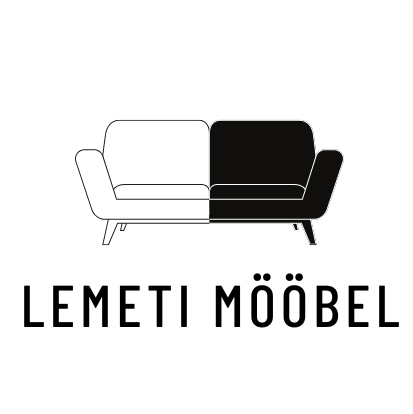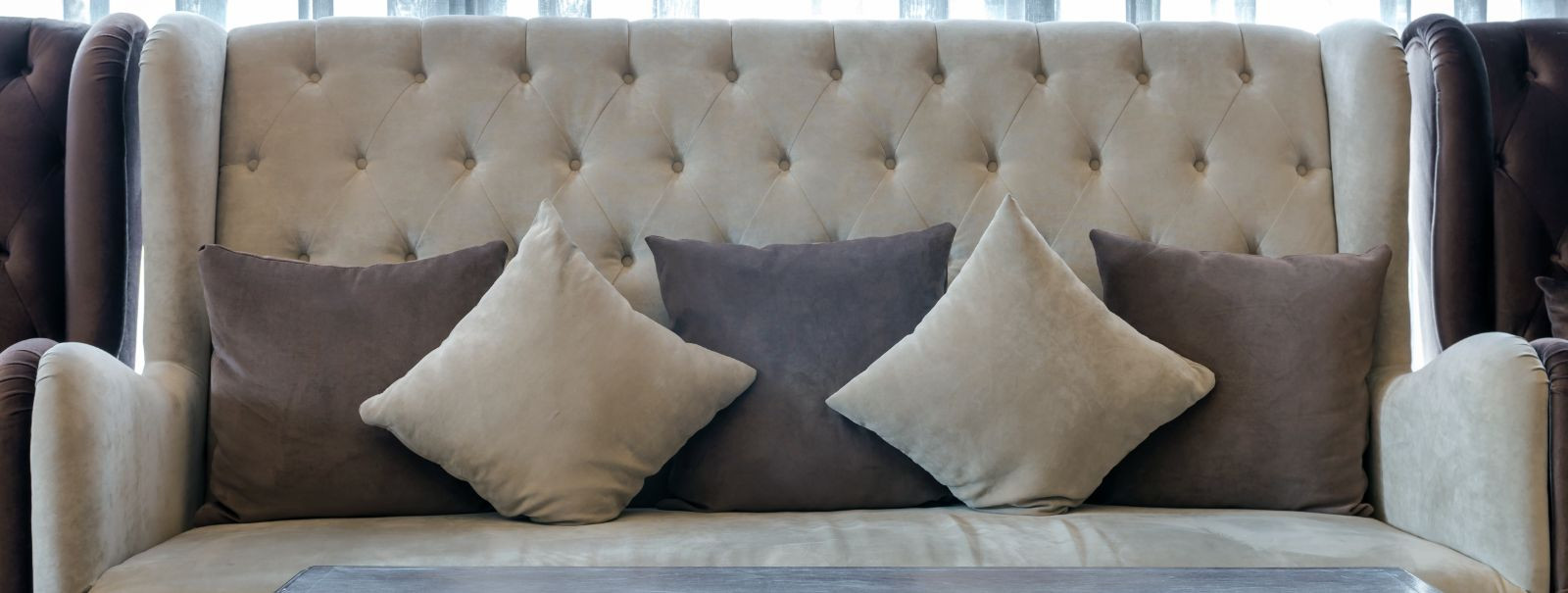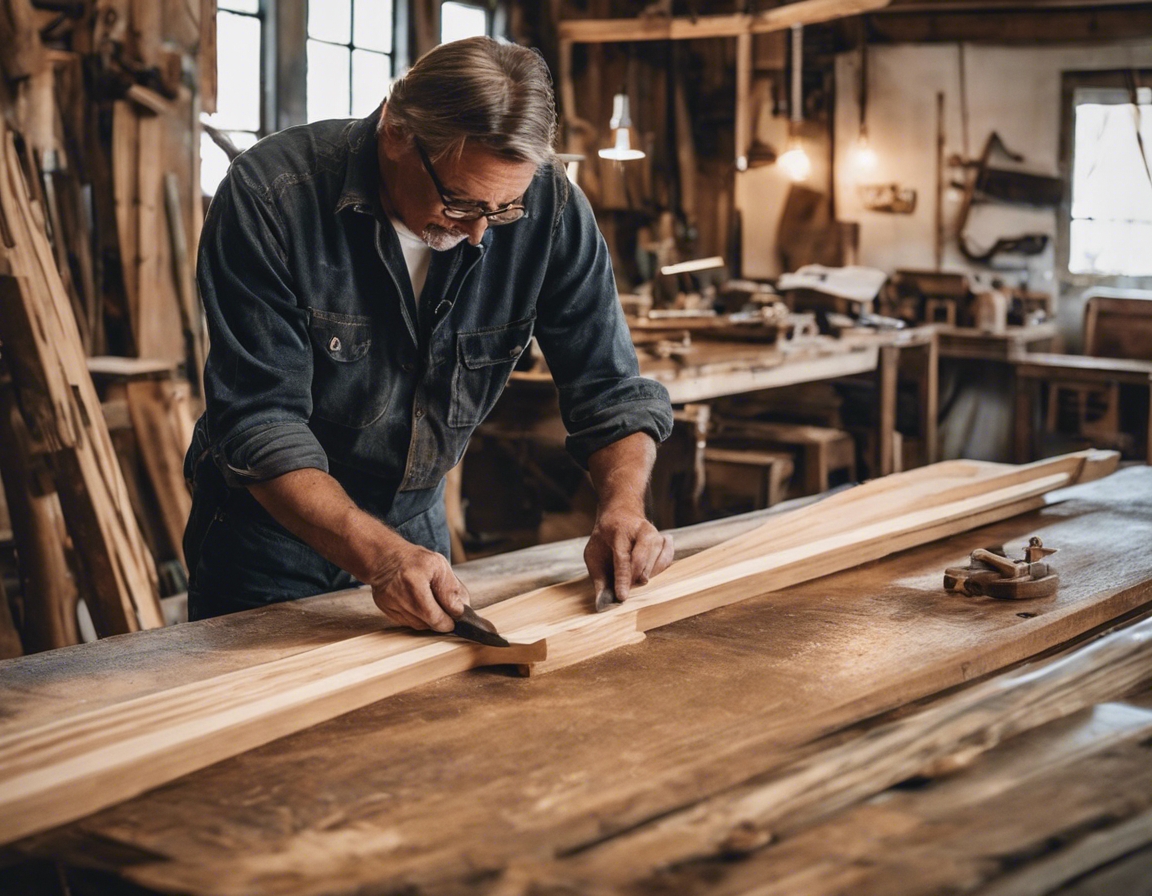The art of soft furniture restoration
Soft furniture restoration is a meticulous craft that breathes new life into worn-out sofas, chairs, and other upholstered items. This art form not only revives the aesthetic appeal of furniture but also enhances its functionality and comfort. For homeowners, car enthusiasts, and businesses alike, understanding the nuances of furniture restoration can lead to more informed decisions about preserving and enhancing their valuable pieces.
2. Understanding the Value of Restoration
Restoring soft furniture can be a cost-effective alternative to purchasing new items. By investing in restoration, you can retain the original charm and craftsmanship of your furniture while saving money. This is particularly beneficial for bespoke pieces that hold sentimental or historical value.
Choosing to restore rather than replace furniture contributes to environmental sustainability. It reduces waste and the demand for new resources, aligning with eco-friendly practices that are increasingly valued by consumers and businesses alike.
3. Key Techniques in Soft Furniture Restoration
Upholstery repair is a fundamental aspect of furniture restoration. It involves fixing tears, replacing worn-out fabric, and reinforcing the structure of the furniture. Skilled artisans can match the original design and fabric, ensuring a seamless restoration.
Choosing the right fabric is crucial in the restoration process. The fabric must not only match the original in terms of color and texture but also meet the durability requirements of the piece. This step often involves a detailed consultation to ensure the client's preferences and needs are met.
Over time, cushions can lose their shape and comfort. Restoration includes refilling and reshaping cushions to restore their original comfort and appearance. This process often uses high-quality foam or other materials to ensure longevity.
4. Tools and Materials Required
Successful restoration requires a range of specialized tools and materials. These include staple guns, fabric shears, sewing machines, and high-quality upholstery fabrics. Professionals also use various fillers and adhesives to ensure a durable finish.
5. Choosing the Right Professional for the Job
Selecting a skilled professional is crucial for achieving the desired results in furniture restoration. Look for experts with a proven track record, positive client testimonials, and a portfolio of past projects. A good restorer will offer personalized advice and solutions tailored to your specific needs.
6. Customization and Personalization in Restoration
Restoration offers an opportunity to customize and personalize your furniture. Whether it's adding unique trims, selecting a bold new fabric, or incorporating modern design elements, customization can transform your furniture into a statement piece that reflects your personal style.
7. Maintenance Tips for Restored Furniture
Once your furniture is restored, proper maintenance is essential to preserve its beauty and functionality. Regular cleaning, avoiding direct sunlight, and using protective covers can extend the life of your restored pieces. Additionally, periodic professional check-ups can help address minor issues before they become major problems.






Comments (0)